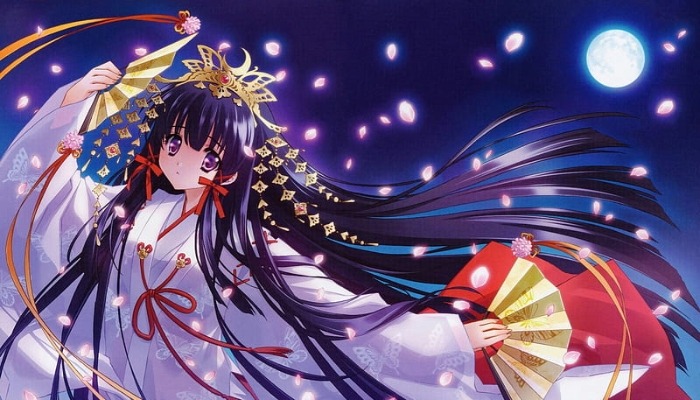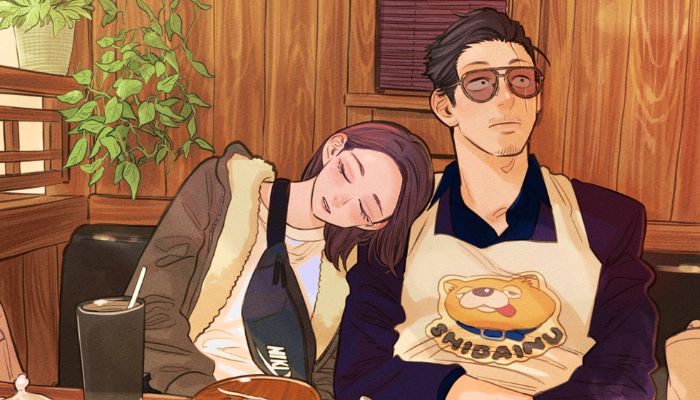Romance is one of the most beloved themes in manga, transcending age and gender demographics. Whether you’re a seasoned reader or a newcomer looking for manga online, this guide will help you choose the type of romance manga that best suits your preferences.

What is Shoujo Manga?
Shoujo manga is primarily targeted at a younger female audience, typically aged between 10 and 18. The term “Shoujo” means “young girl” in Japanese, and the stories often reflect the emotions, challenges, and experiences that young women go through during their teenage years.
Themes and Storylines
Shoujo romance manga often focuses on first loves, high school relationships, and the emotional turmoil of coming-of-age experiences. The central characters are often naive or inexperienced in love, reflecting the innocence and excitement of discovering romance for the first time.
Friendship and self-growth are also significant aspects of Shoujo stories, and readers often follow the protagonist’s journey toward emotional maturity. The romance in Shoujo manga is typically sweet, idealistic, and filled with emotional drama.
Classic examples of Shoujo manga like Fruits Basket or Ouran High School Host Club encapsulate this mix of humor, romance, and emotional depth. These stories often include lighthearted moments, love triangles, and misunderstandings between characters, all of which create a narrative rich in emotional highs and lows.
Art Style
The art style in Shoujo manga is distinct, often characterized by soft lines, large expressive eyes, and delicate features. The emotions of characters are often exaggerated visually, which allows readers to feel connected to the protagonist’s experiences.
Floral patterns, sparkles, and intricate backgrounds are frequently used to symbolize emotional moments or romantic tension.
Audience and Emotional Appeal
Because Shoujo manga is aimed at younger readers, the emotions and relationships are often idealized. The stakes are generally not life-threatening, but the emotional conflicts can feel intense.
Readers are taken on a journey through the protagonist’s eyes, making them feel the joy, heartbreak, and excitement of first love. For younger audiences, this sense of romantic discovery is highly appealing, offering a blend of escapism and relatability.
What is Josei Manga?
On the other hand, Josei manga is targeted at adult women, typically aged 18 and above. The term “Josei” means “woman” in Japanese, and the stories reflect the complexities of adult relationships and the real-life challenges that women face in love, work, and society.
Themes and Storylines
The themes in Josei manga are often more mature and realistic. Romance is still a significant focus, but it’s portrayed in a more grounded and sometimes cynical light compared to Shoujo.
Rather than idealized love stories, Josei manga often deals with the complexities of relationships—marriage, infidelity, divorce, and the pressures of balancing career and love.
One of the hallmarks of Josei romance manga is that the characters are often more experienced in love and life, which allows the stories to delve into deeper emotional and psychological territory.
For instance, titles like Nana and Paradise Kiss explore not only romantic relationships but also personal struggles, career ambitions, and the difficulties of adult life. These stories often show that love is messy, complicated, and not always as glamorous as young people imagine it to be.
Art Style
The art style in Josei manga tends to be more subdued and realistic compared to Shoujo. The characters are drawn with more mature features, and there is often less emphasis on embellishment or exaggerated emotions.
The focus is more on conveying a sense of realism, both in the art and in the way relationships are depicted.
Audience and Emotional Appeal
For adult women, Josei manga offers a sense of relatability and emotional resonance that may be absent from Shoujo manga. The characters in Josei often face real-world problems—workplace issues, societal expectations, and the challenges of maintaining relationships as adults.
For readers, the appeal lies in seeing their own experiences reflected in the stories. Josei manga is often cathartic, offering a more mature and, at times, bittersweet view of love and life.

Comparing Shoujo and Josei Romance Manga
Target Audience
The most significant difference between Shoujo and Josei manga lies in their target audience.
While Shoujo is meant for younger readers who are often just beginning to explore romance, Josei is aimed at adult women who have likely experienced more complex relationships. This difference in audience is reflected in the tone, themes, and storytelling of each genre.
Emotional Complexity
In terms of emotional complexity, Josei manga tends to offer a deeper and more nuanced portrayal of love and relationships. Shoujo manga, while emotional and dramatic, often presents romance in a more idealized form, focusing on the excitement and innocence of first love.
In contrast, Josei delves into the complications of adult relationships, such as trust issues, career pressures, and emotional baggage from past experiences.
Representation of Love
Love in Shoujo manga is often portrayed as pure, all-consuming, and destined. The focus is on building romantic tension, with love confessions, hand-holding, and first kisses serving as major plot points.
In Josei manga, love is often more complicated, filled with both joy and pain. Characters might experience heartbreak, unrequited love, or emotional betrayal, and the stories tend to offer a more realistic portrayal of how relationships evolve over time.
Art Style and Visuals
The visual differences between Shoujo and Josei manga are also quite striking. Shoujo art tends to be more fantastical, using exaggerated expressions and decorative effects to heighten the emotional impact.
Josei manga, by contrast, often opts for a more grounded and realistic approach, with characters drawn in a way that emphasizes their maturity and real-life struggles.
In summary, Shoujo and Josei romance manga offer two distinct perspectives on love, each tailored to different age groups and emotional experiences. While Shoujo focuses on the joy and heartache of first love, Josei offers a more realistic and mature portrayal of romance.
Both genres have their own unique appeal, and whether you’re interested in lighthearted teenage romances or more complex adult relationships, there is something for every reader. For those looking to explore these captivating stories, finding the right manga online can be the perfect way to immerse yourself in the world of romance manga.
Whether you’re new to the genre or a seasoned fan, diving into both Shoujo and Josei can provide a comprehensive understanding of how romance is depicted across different age groups and life stages. If you’re ready to experience the best of romantic storytelling, Shoujo and Josei offer two deeply rewarding, yet distinct experiences in the world of romance manga.
See also: Which Manga Are Getting Anime Adaptations This Year?





